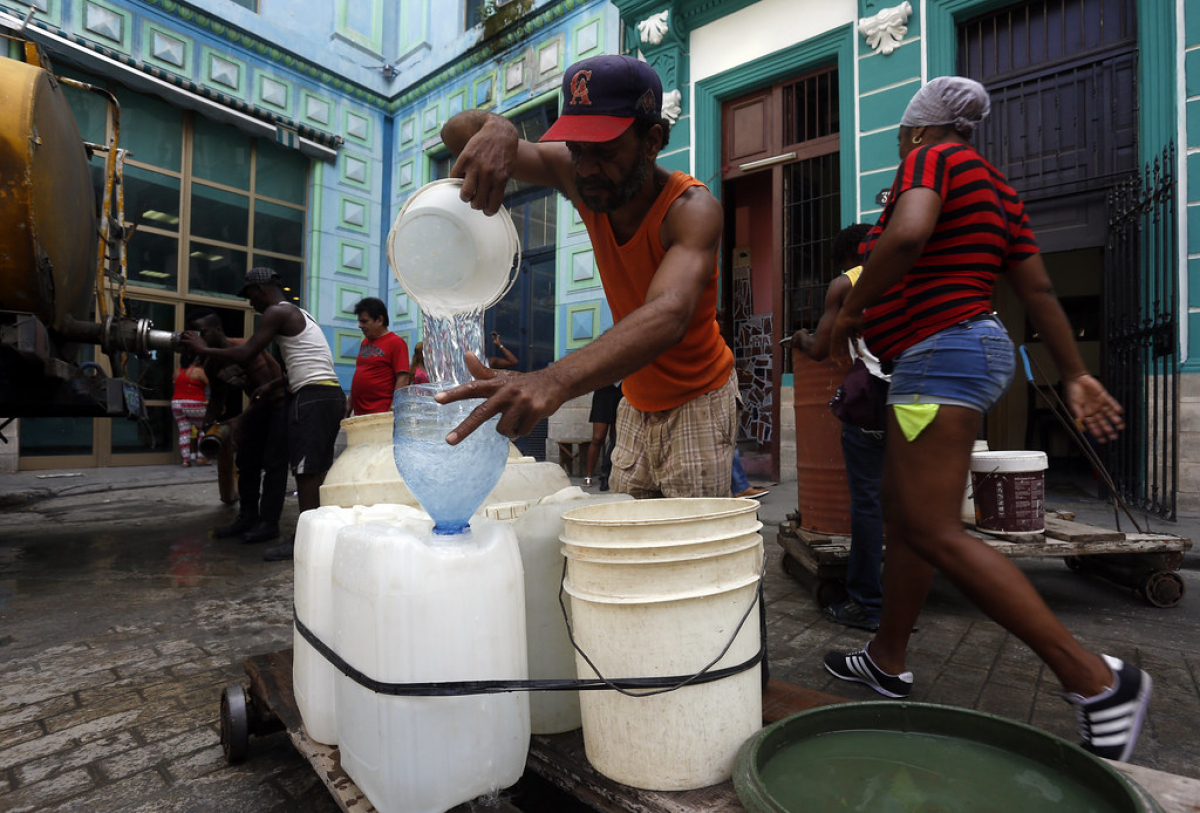Since the advent of 2019 Cuban authorities have had to deal with dozens of protests of an economic and social nature all across the country, and in almost all of them they have decided to back down. The main areas of national conflict have been related to transport, housing, unsanitary conditions, shortages, salaries, and restrictions on cultural freedom and unfettered Internet access.
Popular unrest about these issues is nothing new, but it is increasingly evident that more and more citizens are now unwilling to accept the old promises and refusals in response to their demands. On the other side, the government has been retreating, granting specific concessions here and there.
The idea that the more they are pressured the worse they react is a myth engendered in Havana. The Cuban government knows where the lines in the sand are. The Maleconazo protests, to cite an example, forced them to reopen borders, farmers’ markets, and make accommodations to the self employed. Reality shook them. That is their nightmare. That is why they vociferate, threaten, issue new repressive decrees... but fall back when the people stand firm.
To give a local example, despite threats to rescind licenses and confiscate their vehicles, the state could not appease private transporters (truck drivers), who went on a strike (that is what it really was, even if they avoid calling it that) in Santiago de Cuba. They eventually met a good portion of their demands regarding special fuel prices and charging for trips.
The Observatorio Cubano de Conflictos (OCC) harbors a meticulous logbook of almost 20 situations in which citizens have forced the state to give in to their demands after many previous failures in which they had surrendered in the face of appeasement tactics, threats and police repression. Now, the inhabitants of illegal shelters that the government wanted to demolish and evacuate, residents who for decades protested in vain about contaminated ditches and trenches, and those who demanded the reconstruction of the only bus stop in their village, have all seen their demands met thanks to non-violent civic resistance methods.
Cubans are learning that their power resides in a combination of mobilizing many people in an organized way and spreading information about their problems on social media, which constitutes a new virtual town square in which abusive acts are condemned, and in which actions to taken outside the virtual realm are also coordinated. This has been combined with the learning of negotiating techniques and the decision not to accept refusals or vague promises based on the contention that the US is what keeps their problems from being solved.
Reform or Violence?
The only rational solution that the government has to stabilize national governability is to lift the internal blockade that stifles its productive forces.
Lifting the internal blockage would involve, among many other possible measures, the following: liquidating the agricultural product stocking system, allowing those who work the land to own it, lifting caps on private sector prices, granting fiscal benefits to businesses that create jobs, products and services; abolishing the internal and foreign trade monopoly, cancelling Customs duties on goods, supplies and tools bound for the private national productive sector, and allowing capital investments by Cubans in any sector of the economy, whether or not they are residents on the island. And, yes, they will have to open up Cuban society by lifting the obstacles that they have imposed on the development of the Internet and national connectivity.
Initiatives such as SNet, a community network, are supported in many countries by laws that protect them and foster their development, to promote the generate welfare. An international study at the University of Michigan determined that SNet was the largest autonomous network without access to the Web worldwide. It is something to admire and encourage. But the Cuban government, still lost in its labyrinth, decided to decree its closure.
Apparently, things will have to get much worse before the elite in power understands that "the have-nots" are no longer willing to be governed as they have been. For now it seems more inclined to "legalize" repression through new decrees than to recognize new rights and freedoms.
There are those among them who still believe they can control everything through prohibition and repression. Others know that times have changed. Their problem is that, under the current national and international circumstances, they know how the violence that they can unleash would begin, but not how it will end, or who it will crush in the end.
They should ponder the fact that the Venezuelan regime can no longer sustain them, and that Raúl Castro is, inexorably, nearing his final hour. But they still don't seem very reflective. It seems that reality will have to rouse them once again, perhaps much worse than in August, 1994.
